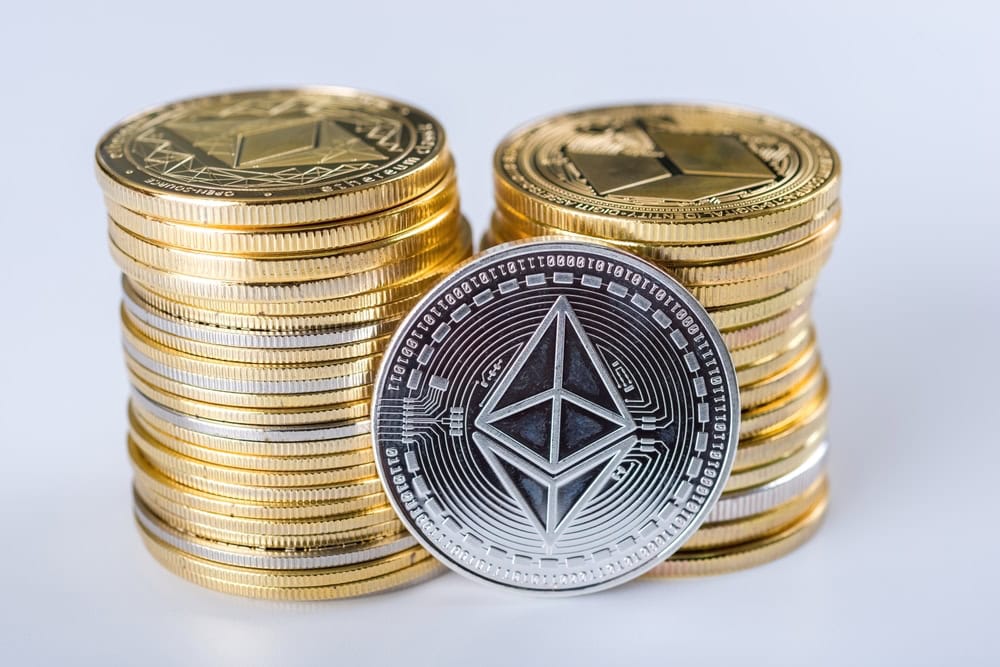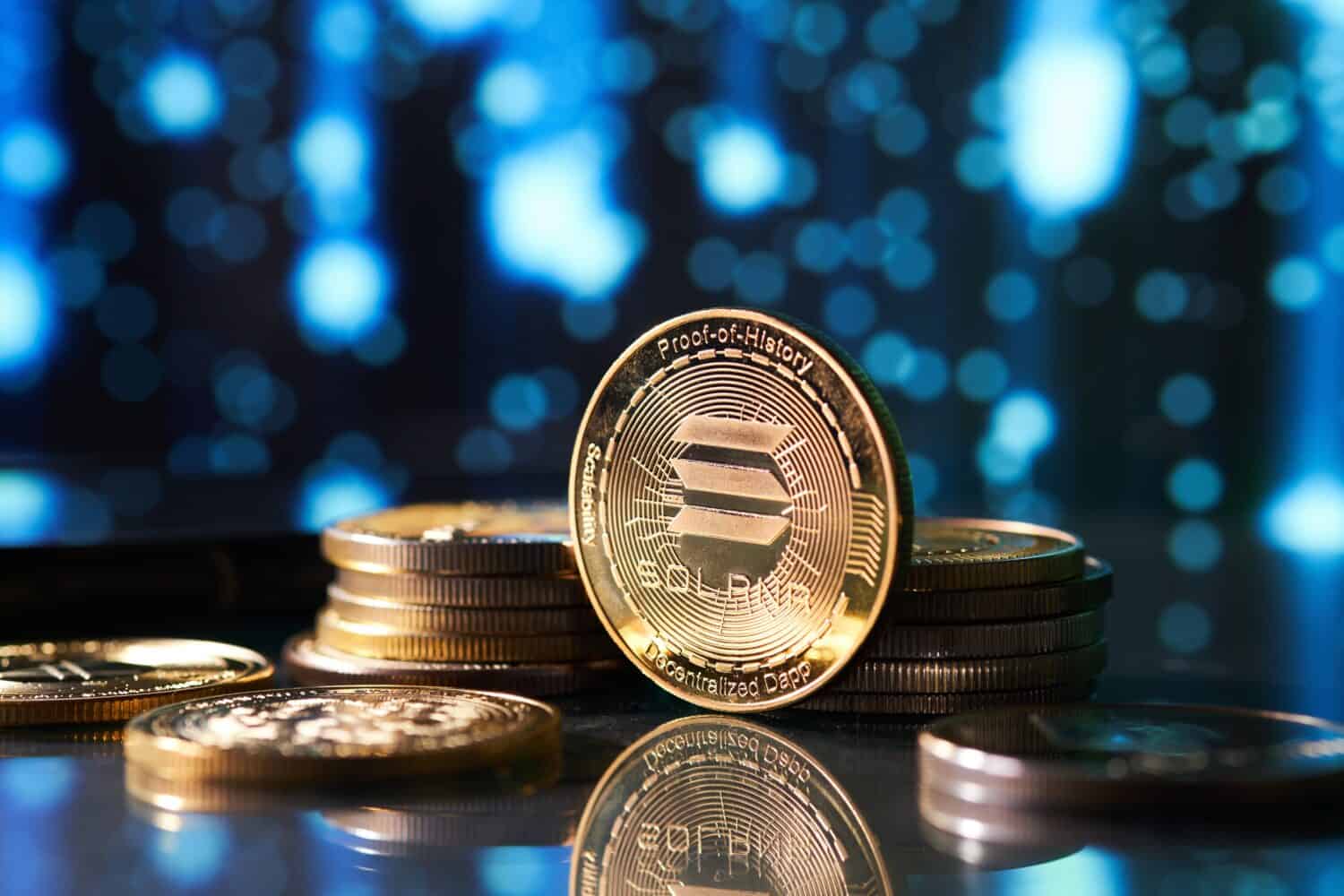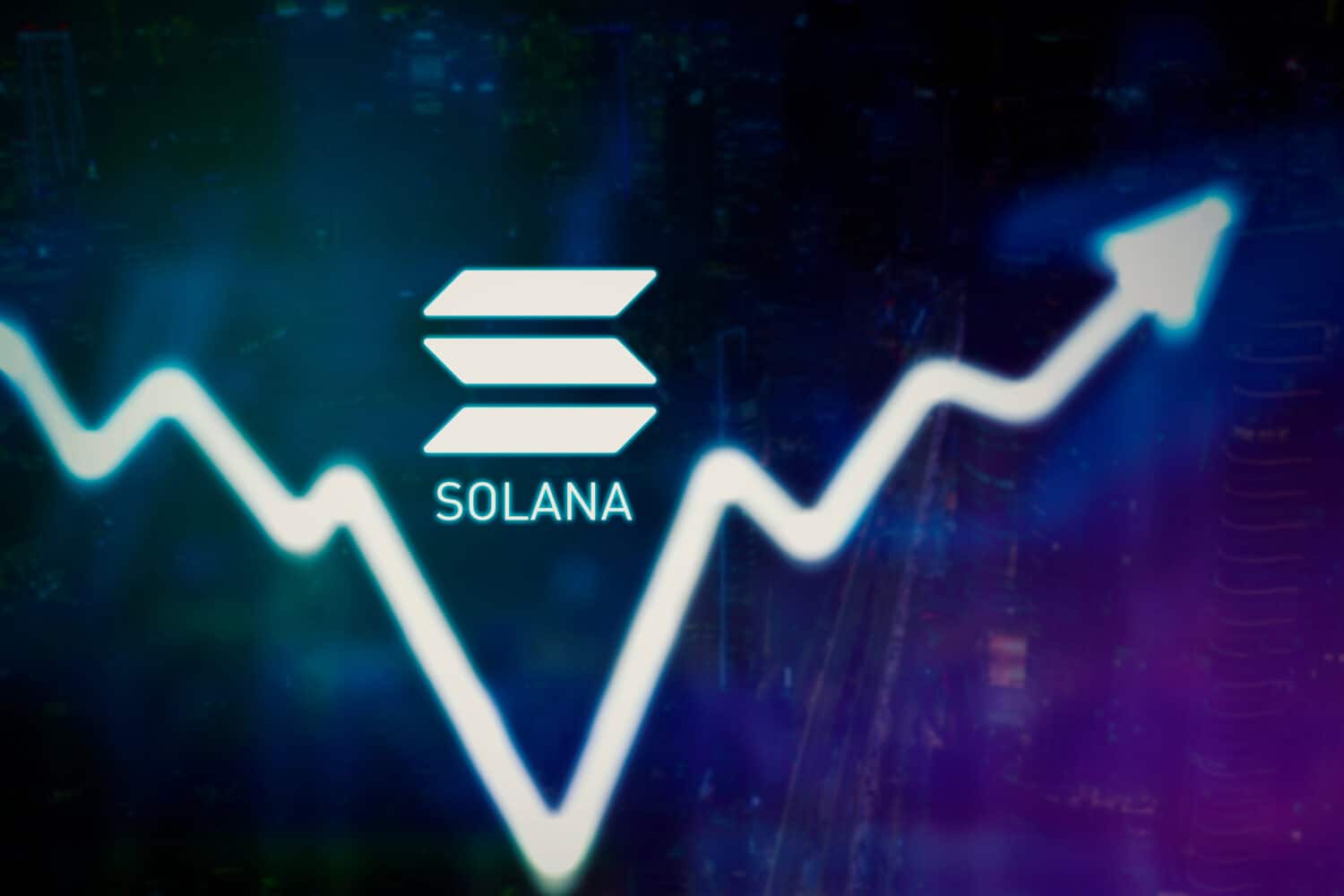Ethereum vs. Solana 2026: Which Blockchain Will Deliver Better Returns?
November 26, 2025
Ethereum (CRYPTO: ETH) and Solana (CRYPTO: SOL) approach 2026 with contrasting positions. Ethereum remains institutionalized, but its expansion relies entirely on Layer 2s rather than mainnet power. Solana, on the other hand, is coming off a year of record on-chain activity: 186% year-over-year revenue growth, and rising institutional interest through new ETFs.
Both chains have credible paths forward, yet the drivers behind their performance are no longer the same. With Firedancer and Fusaka upcoming upgrades, ETF flows, and shifting user behaviors, which blockchain has the better return potential heading into the new year?
Four Key Metrics: How Ethereum and Solana Differ in 2026

Solana and Ethereum are going into 2026 with networks that attract fundamentally different user bases. Solana is tilted toward speed, retail demand, and increasing institutional interest, while Ethereum leans into security, deep liquidity, and its maturing L2 stack. Their differences now shape how developers build and how value flows across both ecosystems.
Throughput and Architecture
Solana’s design centers on raw execution speed, delivering near-instant finality and high-volume throughput. And Firedancer is set to push performance further in 2026.
Ethereum’s modular roadmap prioritizes decentralization, leaving most transaction activity to L2s. This creates a fragmented environment where liquidity spreads across Arbitrum, Optimism, and Base rather than staying unified.
User Flow and On-Chain Culture
Solana thrives on fast retail activity driven by memecoins, gaming, and constant low-fee transactions. Ethereum’s traffic comes from institutions, real-world assets, and large DeFi users. High Layer 1 fees push everyday users to L2s, weakening Ethereum’s cultural presence while Solana strengthens its retail appeal.
Developer Momentum
The Solana developer community is smaller but expanding fast, driven by available resources and quick build-and-deploy processes. The largest pool of developers remains in Ethereum, yet it’s spread among various Layer 2s. This fragmentation undermines cohesive development and slows coordinated innovation, while Solana continues attracting developers in gaming, NFTs, and consumer-oriented apps.
Economic Capture
Solana’s economic loop is direct and efficient. Fees flow directly to validators and stakers, reinforcing network incentives. Ethereum’s economics are diluted across L2 sequencers, MEV builders, and staking providers. This weakens the link between ETH usage and ETH rewards, while Solana’s structure keeps value concentrated within the network.
Why Solana’s Economic Loop Outperforms Ethereum’s in 2026

Solana’s economic loop remains tight and responsive. High activity feeds protocol revenue, which strengthens validator rewards and pulls more users and developers to the network. Even after its recent price drop, Solana’s staking participation and transaction flow stayed strong, showing that its growth is tied directly to network usage rather than speculation. This gives Solana a cleaner upside when demand rises.
Ethereum’s loop is fragmented. Activity has shifted to Layer 2s, which cuts the revenue that once flowed through the mainnet. Settlement fees help, but they can’t match the economic momentum Ethereum had when L1 activity drove value. ETFs add stability, but they don’t rebuild the reflexive cycle that once linked usage to token strength.
For 2026, Solana offers higher upside potential if Firedancer ships on time and volumes stay high. Ethereum offers stable, gradual appreciation tied to macro cycles and institutional flows.
ETF Flows: Solana’s $476M Inflow Streak vs. Ethereum Flattening

Solana’s ETF rollout in late 2025 arrived at the perfect moment. While Bitcoin and Ethereum ETFs were bleeding billions, Solana products from Grayscale, Bitwise, VanEck, and Fidelity pulled in a combined $476 million across 19 straight days of inflows starting October 28.
Institutions treated the dip as an entry point rather than a warning sign. The kicker was staking access. Funds like Fidelity’s FSOL passed through a share of staking rewards, turning ETF exposure into on-chain economic participation.
Ethereum’s ETF momentum followed a different path. Early inflows were strong, but by October, they slowed into routine rebalancing. Even with the Fusaka upgrade set for December 3 to improve ETH infrastructure, the flows lacked the spark seen in Solana’s launch window.
Ethereum still carries deep trust, but its ETF demand no longer shows new institutional conviction. Solana, for now, is capturing the narrative institutions want to own heading into 2026.
2026 Price Outlook: Bullish, Base, and Bearish Scenarios
Solana and Ethereum enter 2026 with different strengths, but both face catalysts that could reshape their paths. The scenarios below show how each chain could perform depending on how those forces land.
Bullish Prediction
Here, Solana enters 2026 with strong momentum as Firedancer rolls out cleanly and lifts throughput enough to support heavier trading and daily activity. ETF inflows from VanEck and Fidelity grow as institutions seek higher upside than Bitcoin or Ethereum can currently offer. Strong revenue keeps staking yields attractive, pulling more users back on-chain.
Ethereum holds steady through rising L2 demand and improving institutional trust. With supportive macro conditions, Solana could target $280–$340 while Ethereum pushes toward $4,200–$4,800.
Base Prediction
In a balanced scenario, Solana grows at a measured pace as Firedancer launches, but it needs more time to deliver its full benefits. ETF inflows continue, though at a slower pace, and retail activity stabilizes into predictable waves rather than explosive surges. Transaction levels hold firm around one billion monthly.
Ethereum strengthens through L2 consolidation as Arbitrum and Optimism remain core settlement paths. Institutional confidence stays steady, though cautious. With mixed macro conditions, Solana could trade between $190 and $230 while Ethereum remains in the $3,400–$3,800 range.
Bearish Prediction
In a case where market conditions worsen, Solana could face pressure if Firedancer experiences delays or early instability, slowing validator upgrades and weakening retail momentum. Regulatory action against memecoin platforms might cut into key revenue streams, reducing activity and staking yields. ETF flows would cool as institutions return to safer allocations.
Ethereum could struggle with L2 fragmentation and weak fee capture as sequencers compete aggressively on costs. If Bitcoin drops below $60,000 and macro conditions tighten further, Solana might retreat toward $130–$160 while Ethereum falls to $2,600–$2,900.
Search
RECENT PRESS RELEASES
Related Post



